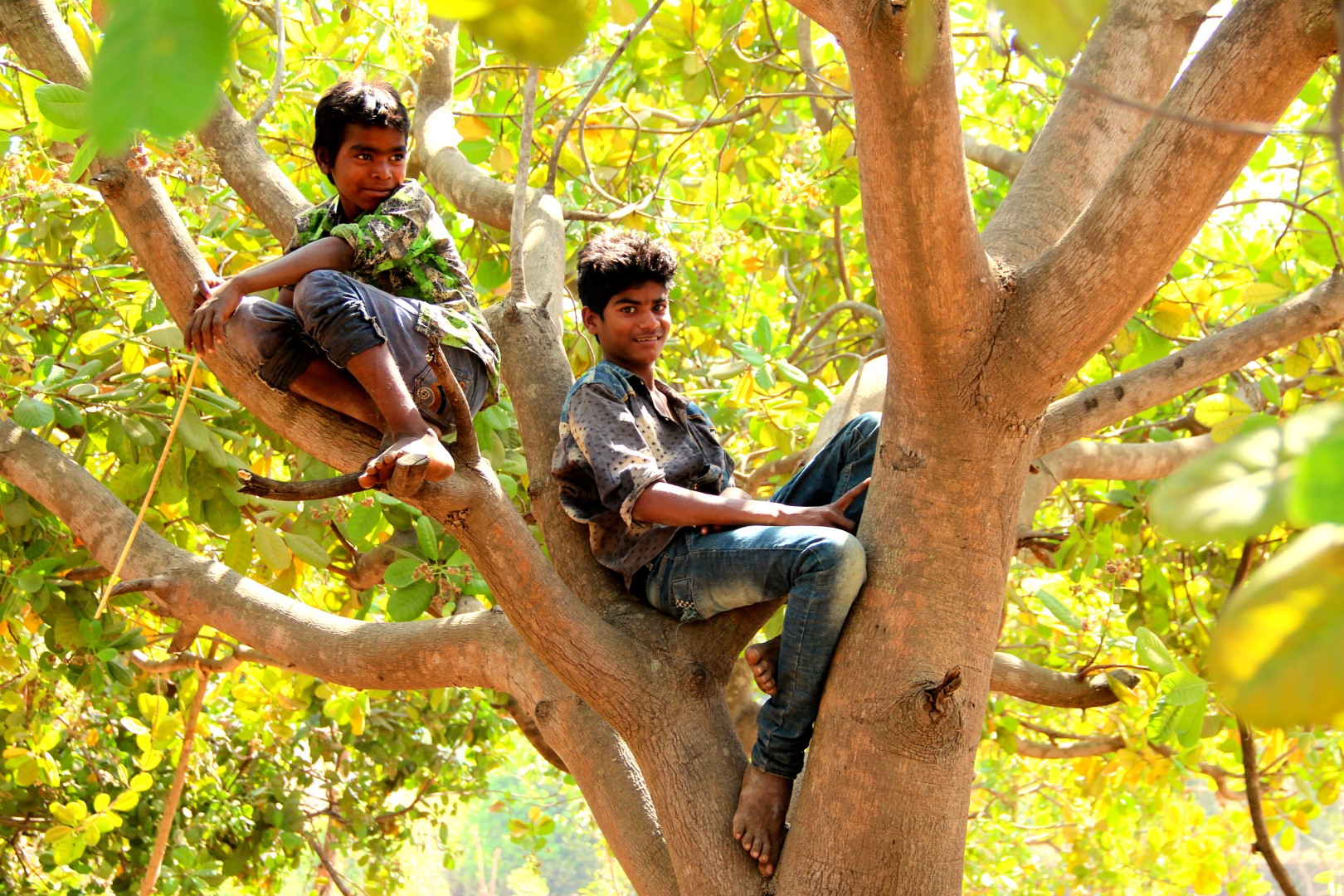Photostory by Inga Nienkerke
From Wasteland to Oasis -Transforming Places and Livelihoods of Chronic Poverty
The Wadi concept is an integrated farming system including fruit trees and water resource development, following a holistic landscape approach. Wadi means “fruit orchard” in the Gujarati language, as the Wadi program evolved from the idea to find a permanent solution for impoverished tribals in Gujarat. They were not able to sustain their lives from their meagre harvests and therefore seasonally migrated for survival. The design of the program starts with a recognition of the attachment of the smallholders to their land. Each family is typically provided support over four years for the establishment of a Wadi on one-acre (0.40 Ha.) of so-called “wasteland”, which would not otherwise be used for rainfed crop growing. In consultation with the families, tree varieties such as mango and cashew are selected based on suitability of the agro-climatic conditions and market potential. Typically 50-60 fruit trees are planted in a block, interspersed with seasonal intercrops. Since these plantations are established on degraded lands in areas prone to soil erosion and water scarcity, soil and water conservation as well as water resource development are essential. Despite receiving moderate to high rainfall, most precipitation is limited to monsoon season and due to steep and rocky terrain, most of the water is lost, potentially washing topsoil away in the process. Soil conservation measures have the objective of stopping further degradation and improving soil fertility. By reducing the velocity of runoff water, the water has more time to trickle into the ground and recharge the aquifer below. The intent is to reduce the problem of drinking water scarcity, as well as to ensure an adequate supply of water to trees and crops, especially in the summer during the growth stage. We rigorously assessed the potential to transform livelihoods and places of chronic poverty and found a significant improvement across multiple indicators: higher income, reduced distress migration, higher life satisfaction, perceived positive life changes and better long-term perspectives, when comparing households who participated in the Wadi program to non-participants. This provides much needed evidence in the science-policy dialogue of development programs.

In dry season, the Wadis (orchards) form green patches in the barren landscape.

Planning the holistic landscape approach, including soil conservation and water resource development.

Small checkdams are part of the program and especially crucial in dry season, for irrigation as well as livestock.

The family head (man on the right) proudly presents his family and the Wadi he planted 10 years ago.

A child from a participating family in a hammock under a tree.

Children of a control village suffering from malnutrition.

Harvest of peas, which are planted as intercrops between trees in the Wadi.

This widow reports that she still cherishes her Wadi very much: even though she moved away to live with her son’s family, she returns every year to harvest the fruits, which grow even with zero input. Many consider the Wadi as a type of pension and have a strong emotional connection to it: “we can consider Wadi as our earning son who will stay with us forever”.

Impoverished family of a control village (with all their belongings), living a precarious life in poverty. As they cannot sustain their lives with their meagre harvest, they are forced to seasonally migrate for survival.

Boys from a participating family playing in the Wadi.
